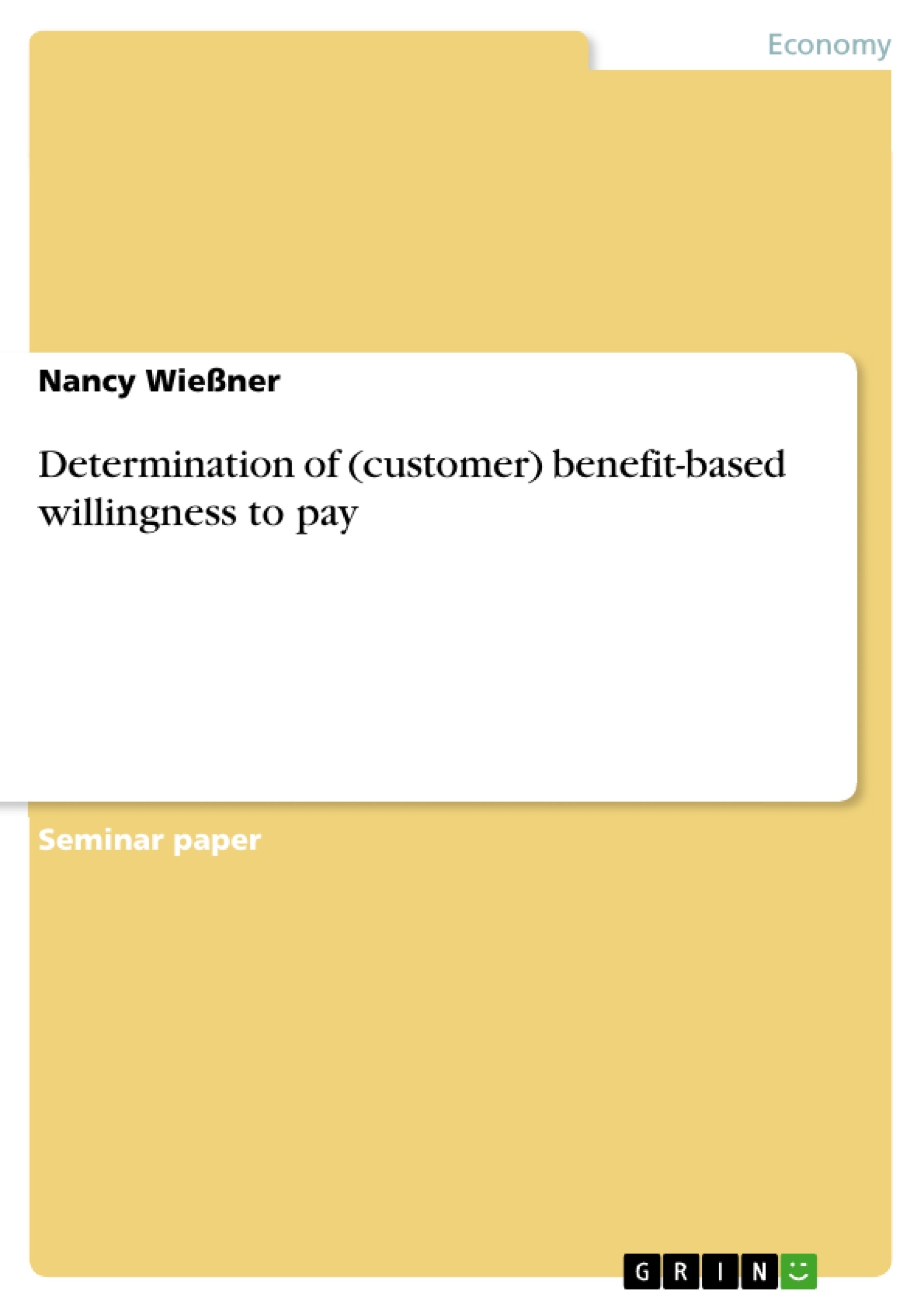Küchenhelfer GmbH, a manufacturer of kitchen appliances, has set itself the goal of investing in digitization. The management wants to fight against the increasing competitive pressure and re-establish itself as a major market leader. Although the company has already taken the first steps towards digitization, such as its own website and internal digital processes, the management would like to change its business model and enter the market with a highly digitized food processor.
This food processor can automatically download cooking recipes from an online platform operated by Küchenhelfer GmbH. You can also upload recipes you have created to the online platform. With the help of sensors, the machine is also intended to revolutionize the “smart home” concept as an extension. The food processor connects to the refrigerator via WiFi and checks whether the fresh ingredients required for the recipes are available. If any are missing, they can be conveniently ordered and delivered online via an online grocery shop. Integration with intelligent storage cupboards and an interface to intelligent kitchen stoves are also planned.
Since go-to-market comes with the introduction of a new business model, marketing has to deal with pricing strategy for the time being. The machine is rented for a comparatively low monthly fee. However, the customer pays additional fees for using the online services (sharing recipes, networking with refrigerators, etc.). A new price model is also to be used for this, which contains both a variant based on the benefit intensity and a “flat rate” variant.
However, the management is now faced with the question of whether this food processor and the associated business model have any chance on the market at all. In addition to other issues, the management is particularly interested in how high the individual willingness to pay of customers will be in relation to the use of online services.
Inhaltsverzeichnis (Table of Contents)
- Introduction
- Problem statement
- Objective and demarcation
- Course of work
- Theoretical part
- Online Services & Online Platforms
- Characteristics of digital Goods & Platforms
- Development of online services in relation to pricing
- Cost-oriented pricing model vs. benefit-based pricing model
- (Customer) benefit-based willingness to pay
- Definition of willingness to pay
- Customer Value Drivers: determinants of customer benefits
- Procedure for determining willingness to pay
- Clarification: Derivation of the research question
- Methodological part
- Data collection method
- Operationalization
- Conception questionnaire
- Discussion
- Conclusion & Outlook
Zielsetzung und Themenschwerpunkte (Objectives and Key Themes)
This term paper aims to develop a research design for determining customer willingness to pay for a new, digitized food processor, specifically its associated online services. The study focuses on developing a questionnaire and operationalizing the concept of (customer) benefit-based willingness to pay. The research is designed to provide insights for Küchenhelfer GmbH, a kitchen appliance manufacturer, to inform their pricing strategy for the new product.
- Online services and platforms in the context of digital goods
- Cost-oriented versus benefit-oriented pricing models
- (Customer) benefit-based willingness to pay and its determinants
- Development of a research design and questionnaire for an empirical study
- Operationalization of the construct "customer benefit-based willingness to pay"
Zusammenfassung der Kapitel (Chapter Summaries)
The theoretical part of the paper begins by exploring the characteristics of online services and platforms, emphasizing the unique nature of digital goods and their evolving pricing models. The discussion then delves into the concept of (customer) benefit-based willingness to pay, defining the term and exploring its key determinants. These determinants include factors influencing customer value and ultimately their willingness to pay. This section also outlines the procedures for determining willingness to pay, leading into the derivation of the research question.
The methodological part discusses the proposed survey design, outlining the data collection methods, target group description, and sample size. The paper then dives into the operationalization of the construct "(customer) benefit-based willingness to pay," which involves defining the concept and creating a structure tree to guide the questionnaire development. This section also delves into the structure and types of questions included in the questionnaire.
Schlüsselwörter (Keywords)
The main keywords and focus topics of this paper include online services, digital goods, pricing models, customer benefits, willingness to pay, benefit-based pricing, research design, questionnaire development, operationalization, and empirical research.
- Quote paper
- Nancy Wießner (Author), 2018, Determination of (customer) benefit-based willingness to pay, Munich, GRIN Verlag, https://www.grin.com/document/1195846




